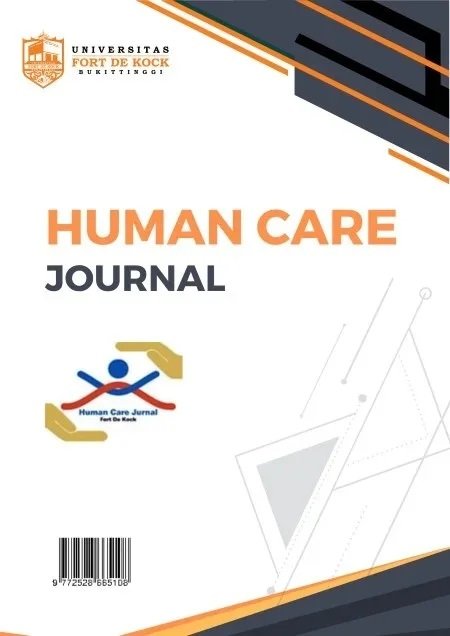PENGARUH SENAM DISMENORHEA TERHADAP TINGKATAN NYERI HAID (DISMENORHEA) PADA REMAJA PUTRI DI RUMAH TAHFIZ NURUL QALBI KOTA PADANG
DOI:
https://doi.org/10.32883/hcj.v9i2.2955Abstract
WHO data shows that the rate of dysmenorrhea is 50% in every woman in the world. In Indonesia, the
rate of dysmenorrhea is 54.89%, primary dysmenorrhea and 9.36% secondary dysmenorrhea.
Dysmenorrhea is pain during menstruation due to excessive amounts of prostaglandin F2a, which
stimulates uterine hyperactivity. Dysmenorrhea exercises are physical activities that stimulate endorphin
hormones to reduce menstrual pain. The aim of this research is to determine the effect of dysmenorrhea
exercises on the level of menstrual pain (dysmenorrhea) for adolescent girls at the Tahfiz Nurul Qalbi
House, Padang City in 2023. This type of research is an experimental one group pretest - posttest
approach. The research population was all teenage girls at the Tahfiz Nurul Qalbi House, 120
respondents with a sample of 30 respondents experiencing dysmenorrhea. The sampling technique uses
Purposive Sampling. The method of collecting data is making observations and filling out questionnaires.
Data analysis used the Wilcoxon Test. The average menstrual pain (dysmenorrhea) for young women
before the dysmenorrhea exercise was moderate pain (4.35) and for young women after the
dysmenorrhea exercise was mild pain (3.09). The p value obtained = 0.000, it was concluded that there
was an influence of dysmenorrhea exercise on the level of menstrual pain (dysmenorrhea) of young
women at the Tahfiz Nurul Qalbi House, Padang City in 2023. The conclusion is that there is an influence
of dysmenorrhea exercises on the level of menstrual pain (dysmenorrhea) of young women at the Tahfiz
Nurul Qalbi House. It is hoped that dysmenorrhea exercise video media will be used to reduce the level of
menstrual pain in young women
Downloads
Published
How to Cite
Issue
Section
License

This work is licensed under a Creative Commons Attribution 4.0 International License.
Setiap naskah yang terbit di jurnal Human Care ini adalah dianggap sebagai karya dari penulis.
Pemegang hak cipta adalah jurnal Human Care. Semua pembaca memiliki akses untuk masuk ke jurnal Human Care dan menjadikan naskah yang terbit di jurnal Human Care sebagai referensi.



